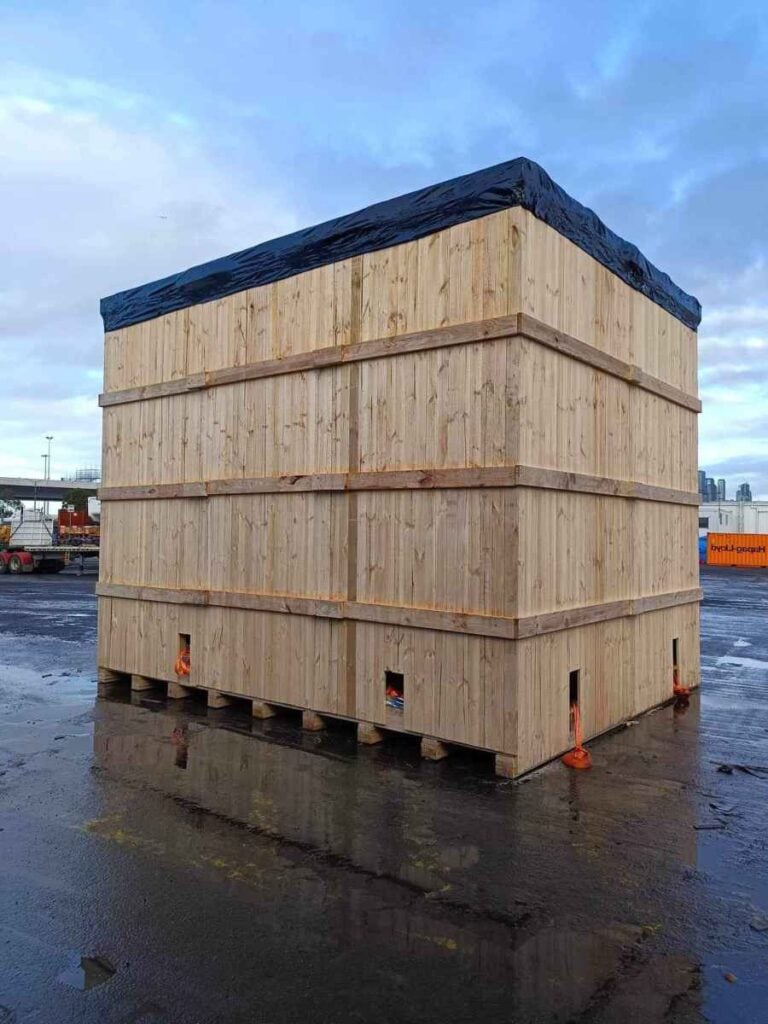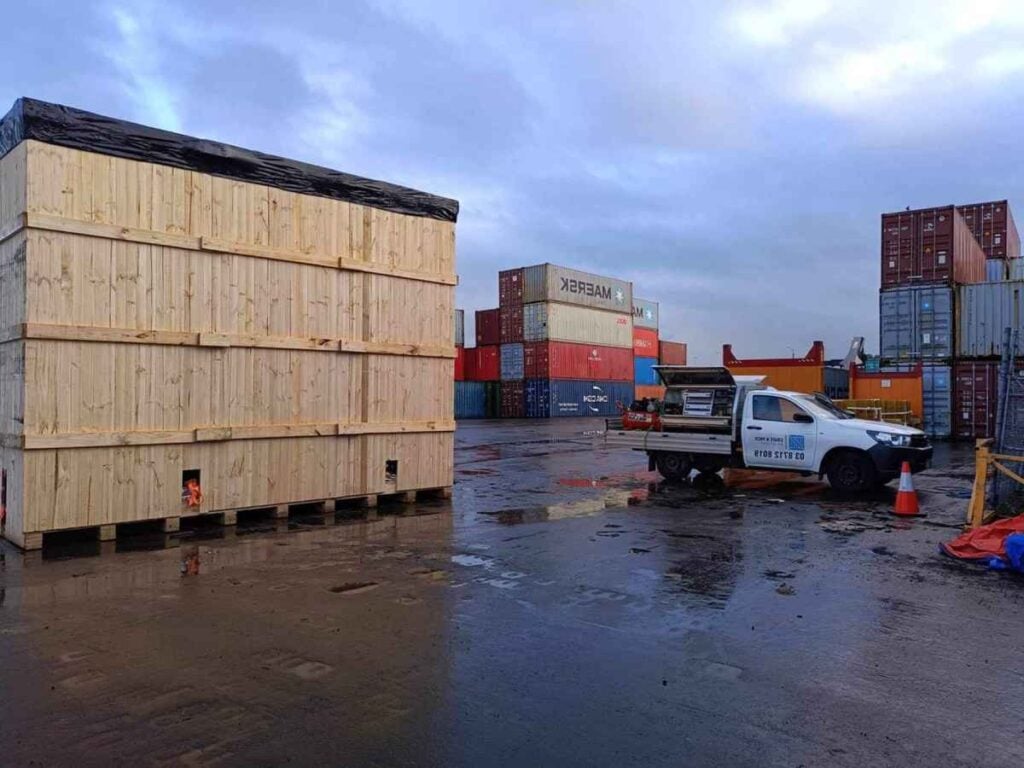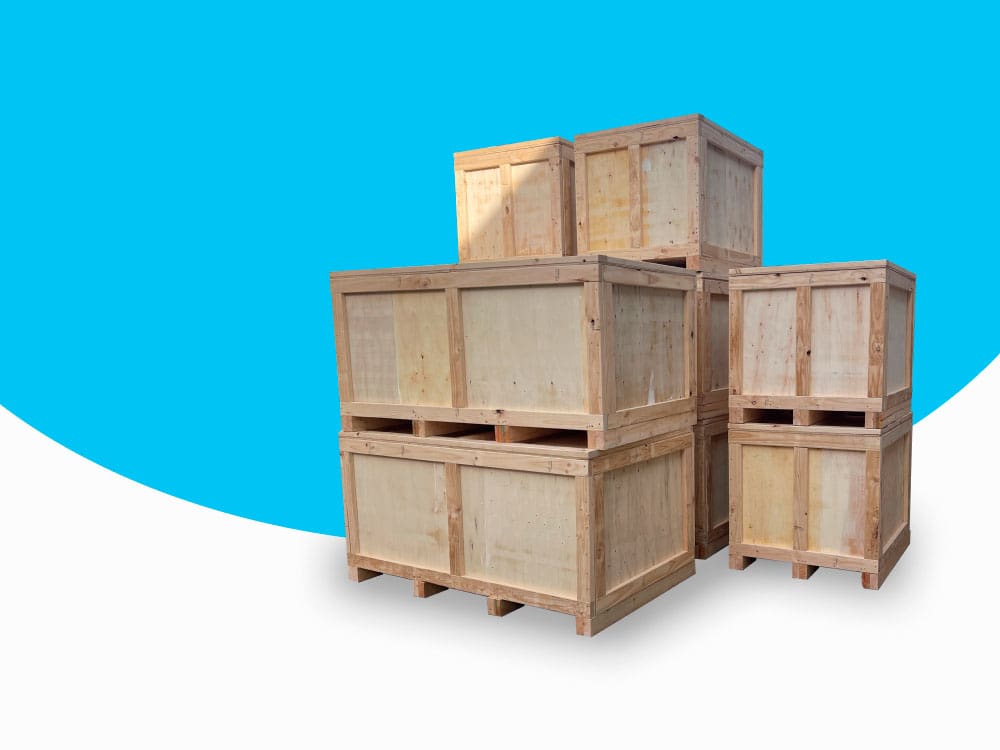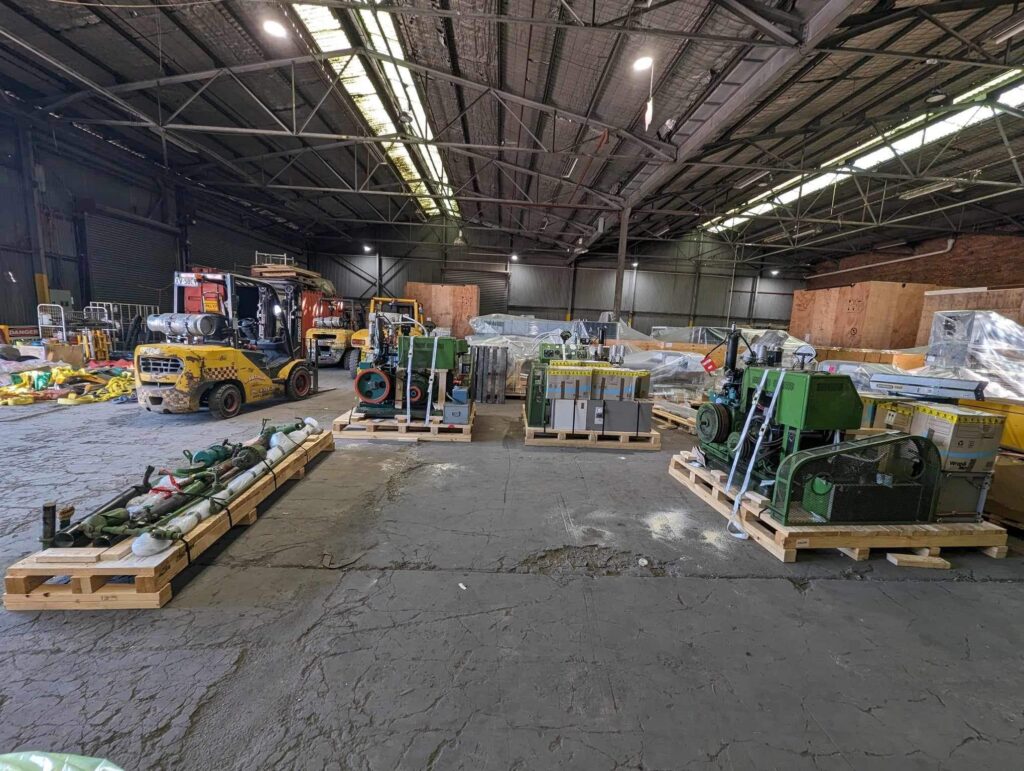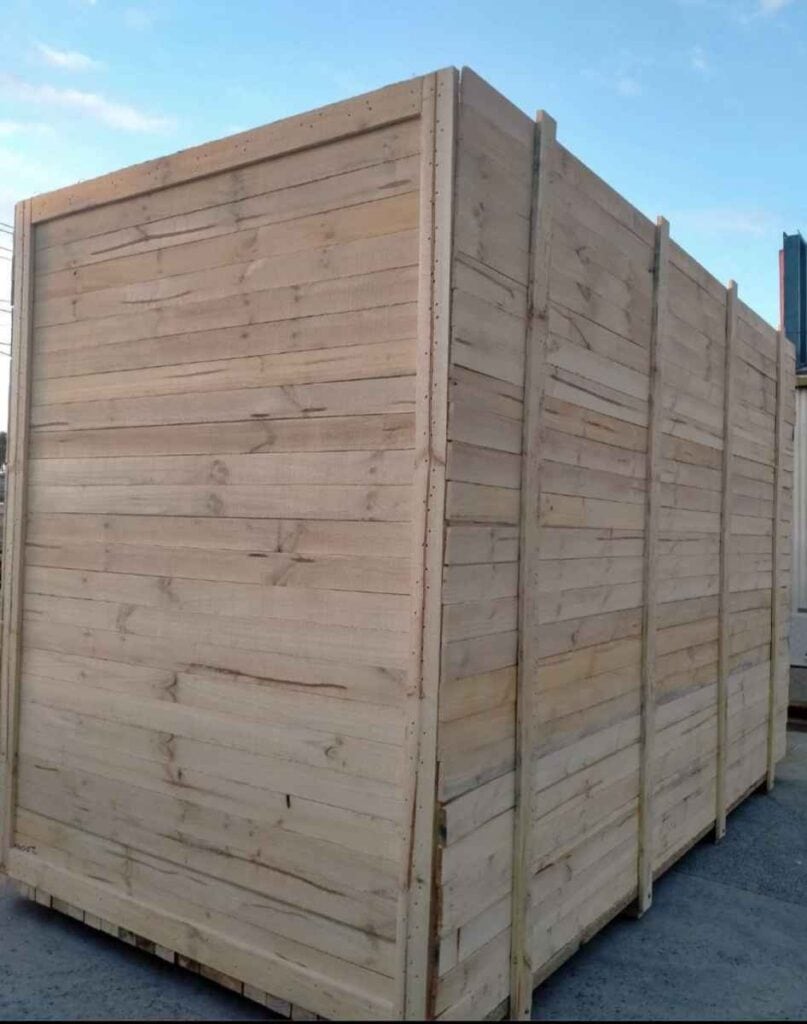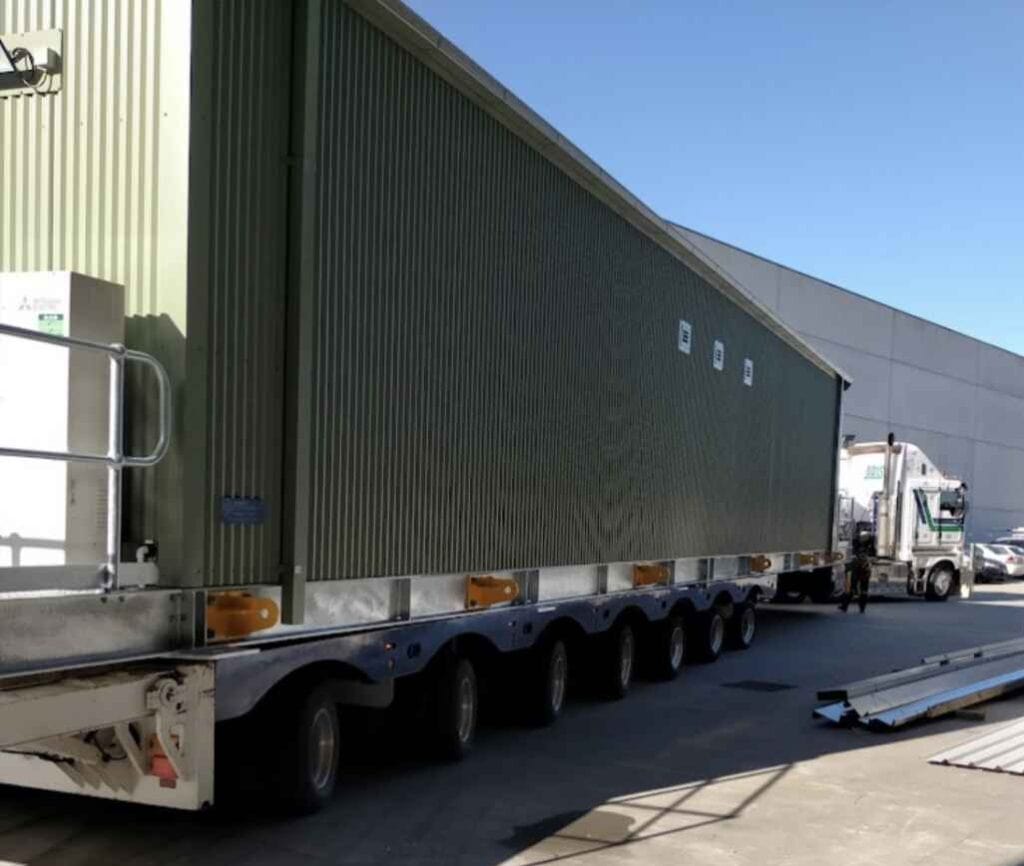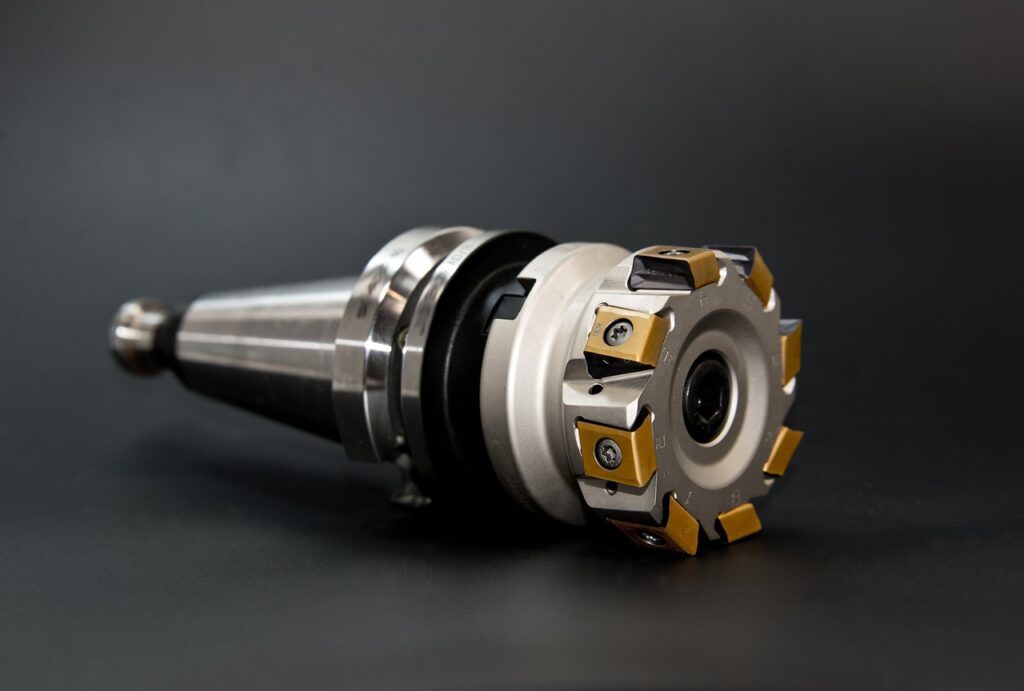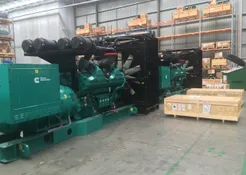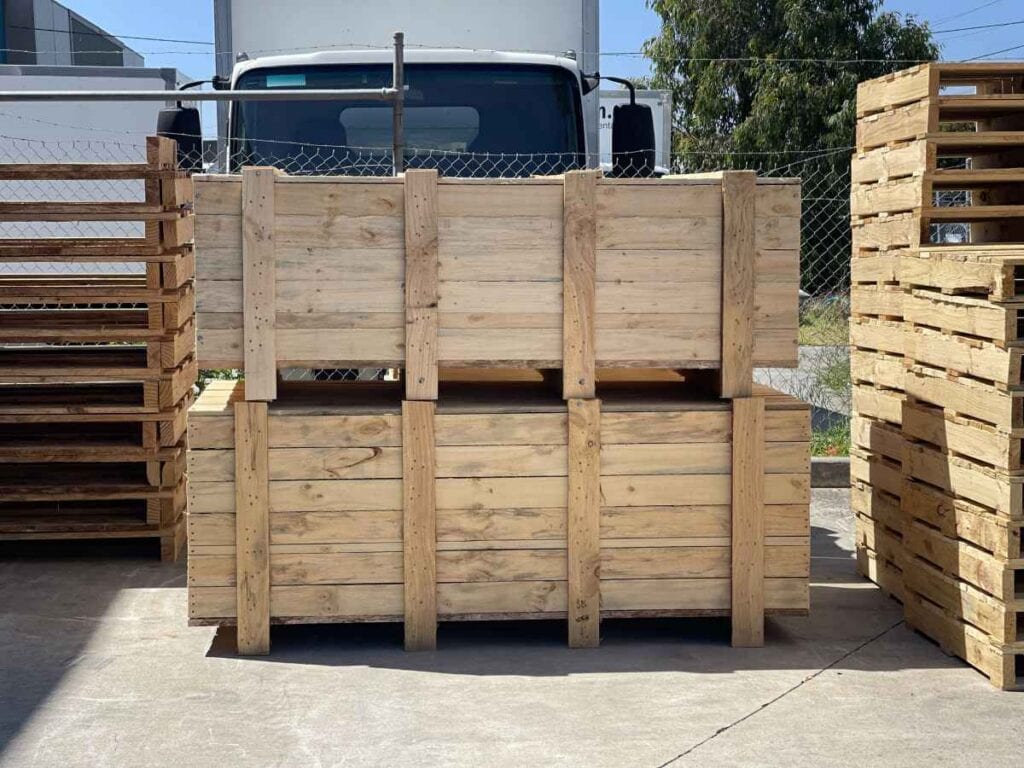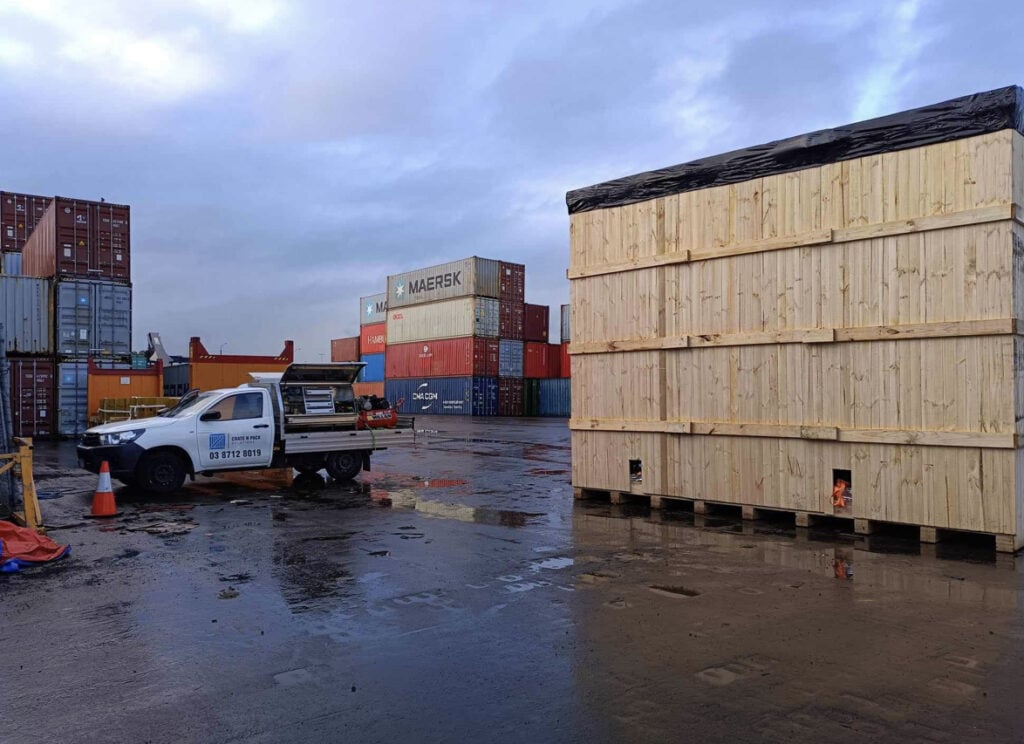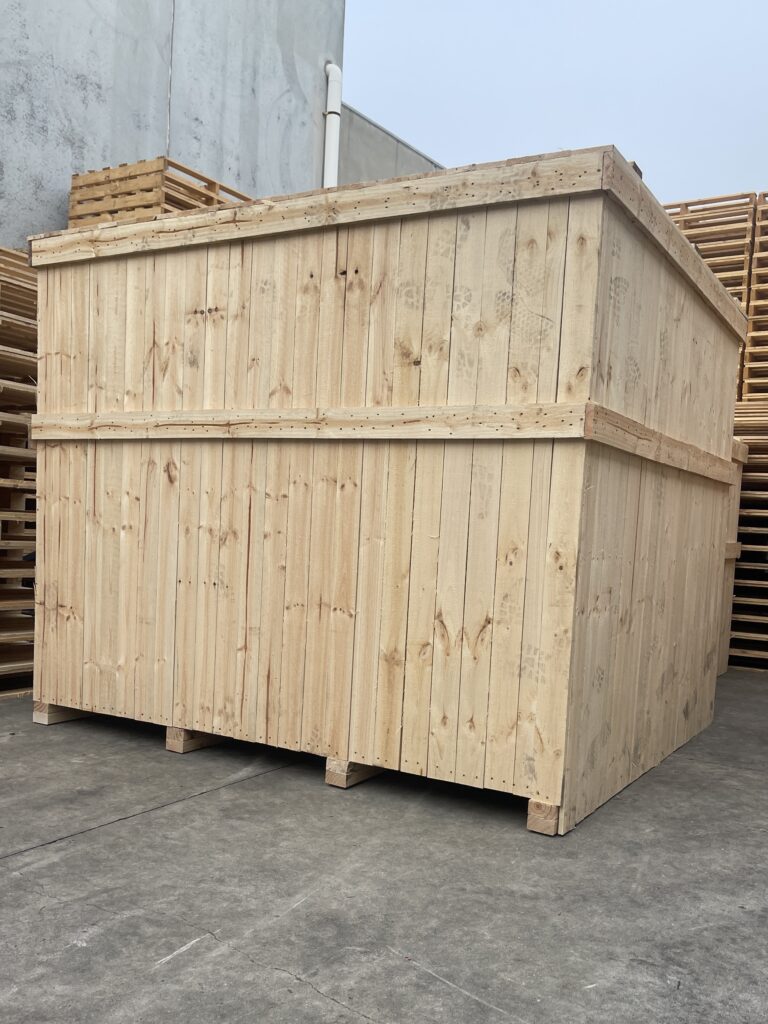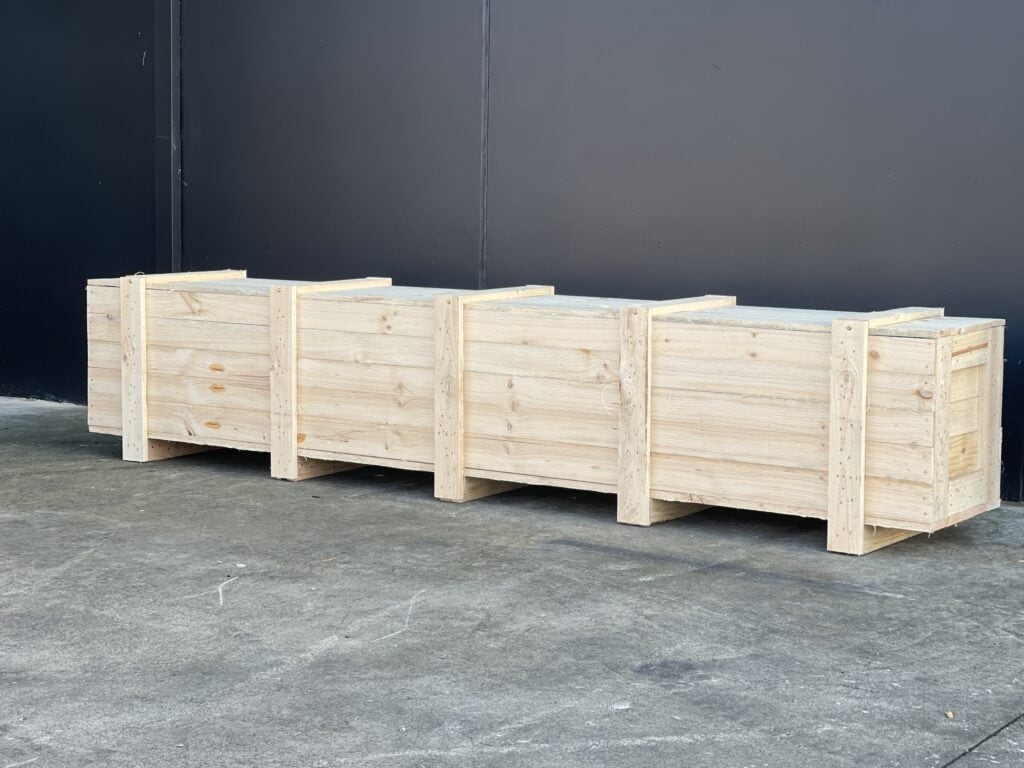The pursuit of the best packing machine is motivated by the need for efficiency, accuracy, and adaptability in the ever-changing world of modern production and logistics. Protecting goods, making them more appealing to customers, and streamlining logistics are just some of the many functions that packaging serves.
The quest for the ideal packaging machine becomes critical to ensuring that products are wrapped precisely and delivered to consumers without any hitches as industries develop and consumer needs get more complex.
This article dives into the various characteristics, such as technology, versatility, and customisation, that constitute the greatest packaging machine.
Technological advancements have become an essential factor in ranking packaging machines. Increases in packaging speed, precision, and consistency have been made possible by the widespread adoption of cutting-edge technological solutions, including automated systems and intelligent controls.
In order to facilitate quicker operations and decrease downtime, many modern packaging machines are equipped with user-friendly touchscreens, remote monitoring capabilities, and real-time diagnostics. Incorporating state-of-the-art technology not only improves packing efficiency but also makes it flexible enough to meet the needs of a wide range of products.
Another crucial feature that sets apart the top packing machine is its adaptability. A versatile packaging machine is essential in today's dynamic marketplace because to the huge range of product sizes, shapes, and materials.
A flexible packaging machine may do multiple tasks simultaneously, from labelling and filling to shrink wrapping and vacuum sealing.
Not only does this allow for more efficient use of available space, but it also guarantees that production facilities can respond to shifts in consumer demand without having to invest heavily in new machinery. A packaging machine's adaptability allows it to serve the needs of a wide range of businesses while being cost-effective and nimble in operation.
The ability to tailor the packing machine to meet specific needs is also important. A packing machine that can be modified to meet the individual needs of a given business, product, or brand is the best option.
Adjustable sealing temperatures, the capacity to use a variety of packaging materials, and compatibility with current production lines are just a few examples of how a packaging machine may be tailored to meet the unique needs of a company. When looking for the best packing machine, customisation is essential since it improves product display and protection, builds brand identity, and increases customer happiness.
What is the industry’s application of the packaging machine?
If you own a business and haven't already automated your case packing processes, you should get on it right away. This is because, as you streamline your production processes, you'll find that your end-of-line packaging costs go down.
The adaptability that case packing machines bring to the workplace has contributed to their widespread adoption.
That's great news since it means factories can tailor their equipment to the specific needs of their sector, as well as the size and shape of the goods they produce.
Modern case-packing machines go above and beyond the basic capabilities of their forebears, which include only bottom-load, top-load, side-load, and drop-load options. Manufacturers can now integrate their case packaging machines with their other machinery according to new engineering standards.
Manufacturers benefit from this since they are able to streamline their packaging processes even more by achieving efficiencies that are customised to their requirements.
Industrial Case Packing Options
Case-packing machines can be used for a wide variety of tasks in various industries. Industries that produce both flexible and rigid items, like springs, typically favour the top load case packaging method because of the high rates at which its activities can be carried out. The 30 units per minute output demonstrates the high levels of efficiency that may be achieved with this method.
Users may pack 75 units per minute using the side load case packing system. This enables the user to seamlessly move from one case to the next as they load them. This method is commonly used by the baking industry.
Other methods of case packing include bottom load case packing and drop case packing, both of which see widespread use in the dairy industry. Additional sectors that make use of case packing include:
- The Textile and Apparel Sector
- Trade in grains and spices
- Markets for fruits and vegetables
- Toy manufacturing
- The Money in Sports
- Industrial Chemistry
- The Electronics Sector
- The Tobacco Business
- Medical product manufacturers
- Meat processing and poultry farming
Therefore, many different types of businesses employ case packing machinery since they increase output and efficiency.
Advantages Of Packaging Machines
Although many manufacturers recognise the value of automating their packing procedures, some may be hesitant to do so because of the significant initial investment required.
This is to be expected given the importance placed on analysing the potential returns, expenses, and risks associated with any major investment a company makes. This article will help you make a decision by outlining the key advantages of packing equipment.
Meet Rising Demand More Easily
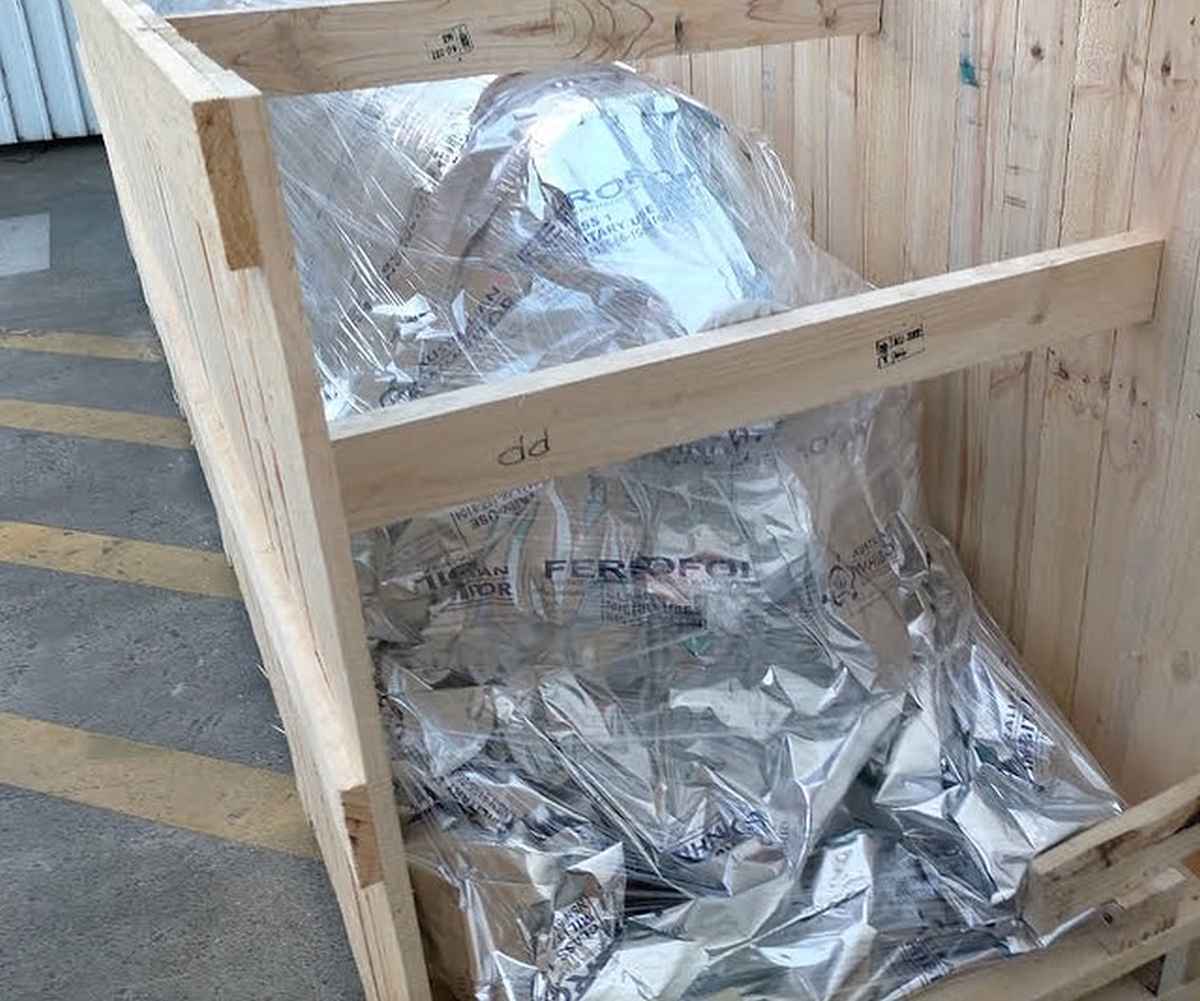
Rising demand would seem to be a good indicator of success for your company. When clients are happy and place additional orders, it usually means business is good. Any production manager will tell you that meeting increased demand can be challenging if your organisation is unprepared.
Sacrificing quality for speed can result in higher labour expenses, delays, and shortages, all of which reduce profits and cause delays and quality issues.
If your company is unable to keep up with the competition, merchants may seek elsewhere. In addition, businesses risk losing their investment in training temporary employees if those workers leave to join a competitor's ranks.
Automation can help you swiftly increase output, particularly if you plan ahead and invest in flexible packaging machines that can accommodate expansion. To enhance production without decreasing standards, Asset Packaging offers filling equipment for sale or rent.
Reduce Labour Costs
Payroll taxes, holiday pay, sick pay, training, and superannuation all add up to make labour a costly investment for most companies. Hiring additional people in preparation for future growth can cut into revenues.
What if a company has to pay employees to wait around between product runs or offer premium pay for inconvenient shifts?
Since packaging machines require just a small number of employees, they quickly recoup their initial cost. Since shifts are no longer a concern, workers may be redeployed to higher-value tasks like customer service, management, and maintenance. Automating the packaging process not only saves money but also improves output and product quality.
Reduce Waste And Product Rejection
Overfilled containers, damaged goods, and excessive packing all contribute to unnecessary trash because of human error. Over time, this can mount up and have a major impact on revenues.
Overfilling and underfilling are two common problems with manual liquid filling that can be avoided with the use of automatic filling devices. Less material is wasted on wrapping equipment, and less spoiling or leakage occurs when automated cap-tightening devices are used. Not to mention, automation simplifies quality control as well.
Better Quality Assurance
Inconsistency is innate to the human condition. The containers are overfilled, the packing is ruined, the labels are incorrectly placed, and the caps aren't tightened.
This leads to product waste and unhappy customers, and as a result, firms often have to hire more people to handle quality control and investigate whether or not there is a problem with employee training.
Quality control is simplified by automation's ability to produce repeatable outcomes without dipping in performance from fatigue or disinterest.
Higher Production Speeds/Improved Efficiency
The obvious benefits of investing in packing machinery are faster production times, reduced costs, and increased efficiency. Importantly, output can be easily ramped up and down in response to fluctuations in demand.
Of course, a packaging machine by itself won't always do the trick; sometimes, a company needs to examine its entire production system to find ways to boost speed and efficiency. However, if you add the appropriate machine to your workflow, it can quickly recoup its initial investment.
Health And Safety/Reduce Injuries
The monotony of the work can be mentally draining, which in turn increases the risk of accidents and injuries like carpal tunnel syndrome. Aside from the obvious ethical concerns, this can lead to lost time at work, sick pay, and even compensation if a tribunal rules against the corporation for negligence.
Automation frees workers from mundane chores and lowers the need for heavy lifting, which boosts productivity and decreases the likelihood of workplace accidents.
Remain Competitive
The fact that countries like China, South Korea, and Japan are making strides in the packaging industry means that more businesses are investing in automation.
Whether or not a business should spend money on cutting-edge packing technology is becoming less of a concern as "how" becomes more of a focal point. Companies need to start thinking about investment strategies now because failing to do so could make them obsolete in the future.
Without automation, a company risks falling behind its rivals in productivity and finding it harder to adapt to shifting market conditions. In addition to providing a competitive edge, automated packaging systems can be crucial to a company's continued existence.
Freeing Workers From Repetitive Jobs
Few people like doing the same thing day in and day out, and those who do would rather be doing something more interesting. When a company has to pay someone to do these menial activities, the money could be better spent elsewhere.
Worker satisfaction can increase significantly in fields including customer service, supervision, machine operation, and information technology as a result of automation. Because of this, turnover rates will go down, and more people will have careers they are passionate about and have room to grow in.
Better Use Of Floor Space
Costs associated with leasing additional space or expanding existing facilities in order to accommodate increased output include business rates. Automated packaging systems are a space-saving solution for manufacturers who need to increase output but have limited room for new machinery.
Planning is essential for automation; luckily, you may get some aid from experienced planners like Asset Packaging Machinery.
Since we have worked in many different industries, we can advise you on how to best structure your system from the get-go.
We work with a variety of equipment, including conveyors and accumulation tables, to maximise the utilisation of your current space.
Conclusion
In the ever-changing world of modern production and logistics, you need the best packing machine to make sure your packaging is fast, accurate, and flexible. Because of advances in technology, it is now possible to use advanced solutions like automated systems, smart controls, and easy-to-use touchscreens to improve the speed, accuracy, and consistency of packing.
In today's fast-paced market, it's important to have a packing machine that can do many things at once, like labelling, filling, shrink wrapping, and vacuum sealing.
It is also important to change the packing machine to meet special needs. This makes it possible to run businesses quickly and cheaply, meeting the needs of a wide range of companies.
The packaging machine is used widely in the industry because it speeds up output and lowers the cost of packaging at the end of the line. Modern case-packing machines can do more than just the basics.
This lets makers connect their machines to other machines in ways that meet new engineering standards.
Case-packing machines can be used for many different tasks in many different industries, such as textiles and clothing, grain and spice trading, fruit and vegetable markets, making toys, sports, industrial chemistry, electronics, tobacco, medical product manufacturers, and processing meat and raising poultry. Case packing machines are used by many companies to improve output and efficiency.
Packaging machines have benefits like improved output, accuracy, and flexibility. They are also cost-effective and easy to use. By looking at the possible returns, costs, and risks of big investments, manufacturers can choose the best packaging machine for their unique needs.
Automation can make it much easier for a company to keep up with rising demand, lower labour costs, cut down on waste and rejected products, improve quality control, speed up production, and stay competitive. Businesses can quickly increase output without lowering standards if they buy flexible packaging tools that can handle growth.
Automation also cuts down on labour costs because it only needs a small number of workers and can quickly pay for itself. This frees up workers to do more important jobs, such as customer service, management, or repair. Automation also makes quality control easier because it makes it possible to get the same results over and over again, even if people get tired or lose interest.
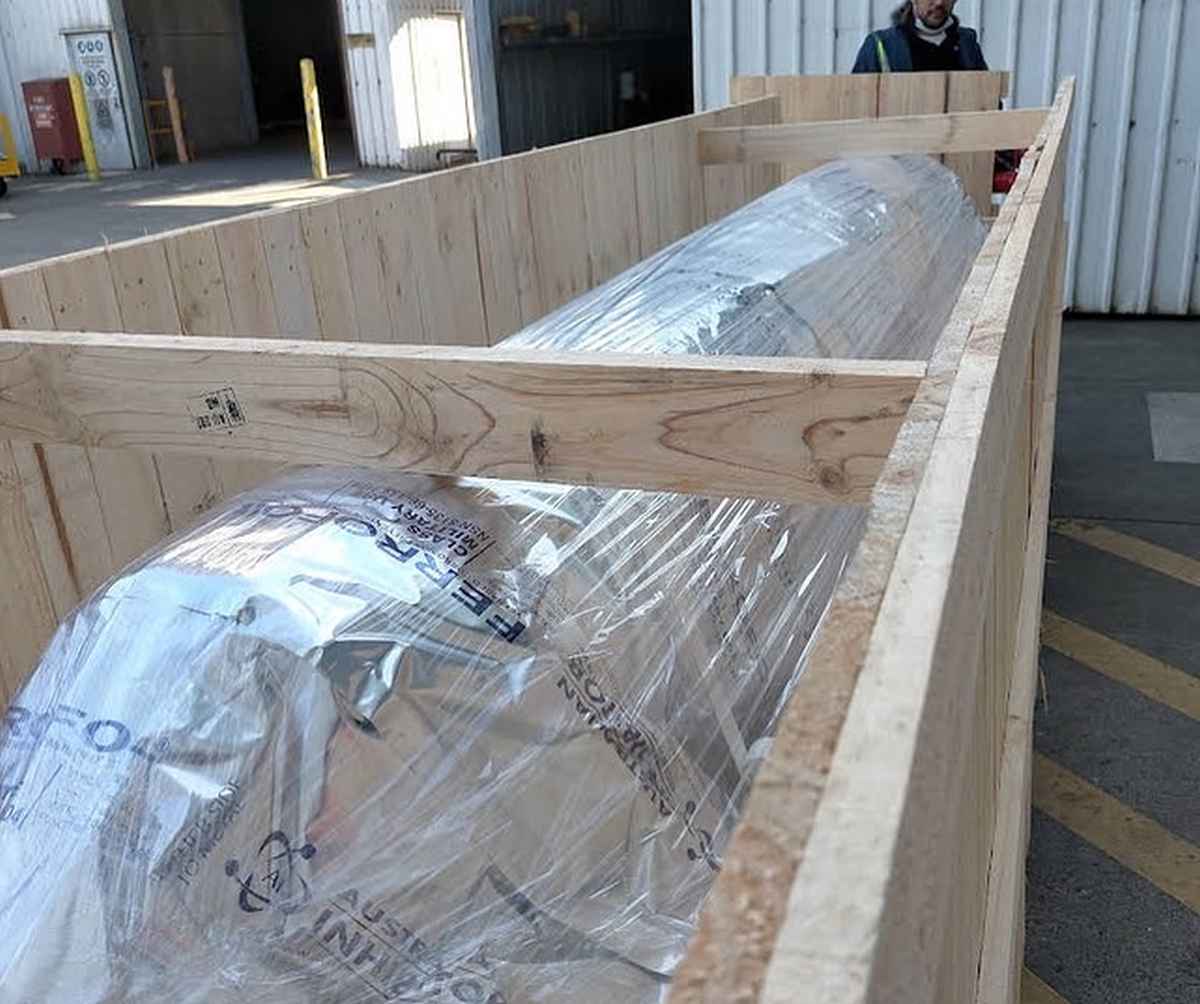
Investing in packing equipment also speeds up production, cuts costs, and makes the business more efficient. In reaction to changes in demand, it is easy to ramp up or down production. But companies need to look at their whole production system to find ways to make it faster and more efficient.
Automation frees workers from boring tasks and reduces the amount of heavy lifting they have to do. This makes workers more productive and reduces workplace accidents. Companies should think about engaging in automation now because if they don't, they might not be around in the future.
Automation also frees workers from routine tasks, which makes them happier and reduces the number of people who leave their jobs. It also saves money on floor space costs that come with renting more space or adding on to current buildings.
Even experienced planners like Asset Packaging Machinery can help companies set up their automation systems from the beginning, using a variety of tools to make the most of the room they have.
Content Summary
- The search for the best packaging machine is driven by a need for efficiency, accuracy, and adaptability in modern production and logistics.
- Packaging serves multiple purposes, such as protecting goods, making them appealing to customers, and streamlining logistics.
- As industries evolve and consumer needs get complex, having the right packaging machine becomes critical for precision and timely delivery.
- The best packaging machines are evaluated based on factors like technology, versatility, and customisation.
- Technological advancements have greatly influenced the packaging machine industry, enabling faster and more accurate operations.
- Many modern packaging machines come with user-friendly touchscreens, remote monitoring capabilities, and real-time diagnostics.
- State-of-the-art technology in packaging machines makes them flexible enough to cater to a wide range of products.
- Adaptability is a crucial feature that distinguishes top packaging machines, especially given today's dynamic marketplace.
- A versatile packaging machine can perform multiple tasks like labelling, filling, shrink wrapping, and vacuum sealing.
- The adaptability of a machine also makes it cost-effective and nimble in operation without requiring heavy investment in new machinery.
- Customisation is vital in a packaging machine to meet the unique needs of various businesses, products, or brands.
- Customisable features may include adjustable sealing temperatures, compatibility with different packaging materials, and alignment with current production lines.
- Automating case packing processes can significantly reduce end-of-line packaging costs.
- Modern case packing machines can be integrated with other machinery, streamlining operations even further.
- Case packing machines find applications in various industries, from textile and apparel to industrial chemistry.
- Different industries favour different types of case packing methods, like top-load for industries producing springs.
- The baking industry commonly uses side-load case packing, which allows for packing up to 75 units per minute.
- The dairy industry frequently uses bottom-load and drop-case packing methods.
- Packaging machinery is increasingly being adopted due to its ability to enhance output and efficiency across sectors.
- Despite the initial investment, automating packing processes offers long-term cost benefits.
- Automation helps companies meet rising demand without compromising on quality.
- Automated packaging reduces labour costs, allowing employees to focus on more valuable tasks.
- Automation minimises waste and product rejection caused by human errors like overfilling or damaging goods.
- Quality assurance is simplified through automated systems, ensuring consistent output.
- Automation offers the advantage of higher production speeds and improved efficiency.
- Companies using automated packaging can better adapt to fluctuations in demand.
- Automation improves health and safety by reducing the risk of accidents and injuries.
- The competitive advantage offered by automated packaging is becoming increasingly essential for businesses.
- Companies that don't adopt automation risk falling behind and becoming obsolete.
- Automated systems free workers from repetitive tasks, leading to increased job satisfaction and lower turnover rates.
- Using automation allows for better utilisation of floor space, an essential factor when space is at a premium.
- Automated packaging systems can be vital to a company's continued existence.
- Automation can reduce costs associated with employee benefits like holiday pay, sick pay, and training.
- Automated systems allow for real-time monitoring, providing immediate insights into the production process.
- The adaptability of packaging machines enables businesses to respond quickly to shifts in consumer demand.
- Customisation in packaging builds brand identity and increases customer satisfaction.
- Companies should consider long-term returns, expenses, and risks when deciding to invest in automated packaging.
- Automation can prevent quality issues like inconsistent filling, improper labelling, and poor sealing.
- Efficient packaging contributes to reducing a product's overall carbon footprint.
- The scalability of automated packaging machines allows businesses to grow without proportionally increasing costs.
- Planning is crucial for implementing automated systems, and expert advice can be invaluable.
- Companies that invest in automation often recoup their initial investment quickly due to increased efficiency.
- Automation allows workers to focus on tasks like customer service, management, and maintenance, adding more value to the company.
- The versatility of modern packaging machines makes them suitable for a range of sectors, including medical products, toy manufacturing, and meat processing.
- Innovations like automated cap-tightening devices contribute to waste reduction and improved quality.
- Automation helps in reducing the likelihood of workplace accidents, thereby decreasing liability risks for companies.
- Advanced features like remote monitoring and real-time diagnostics enable proactive maintenance, reducing downtimes.
- The tobacco business, sports industry, and trade in grains and spices also benefit from advanced case packing machines.
- Automated packaging offers a competitive edge and is often necessary for a company’s long-term survival.
Frequently Asked Questions
Packaging machines are used to package products or components. This product area includes equipment that forms, fills, seals, wraps, cleans, and packages at different levels of automation. Packaging machines also include related machinery for sorting, counting, and accumulating.
Weighing machines: check weigher, multihead weigher. Wrapping machines: flowwrapping, stretch wrapping, shrink wrap. Form, fill and seal machines, bags, and pouches. Other specialty machinery: slitters, laser cutters, parts attachment, etc.
This is an automated, assembly-line product that is great for packaging food as the product is packed and sealed at the same time. How it works is simple; the machine creates plastic bags from a single roll of film, fills the bag with the product, then seals the bag in all one motion.
When do you need new packaging equipment? All equipment has a finite life. In the case of packing machinery, life expectancy is generally in the region of 10 to 15 years.
Included are the manufacture of engines and turbines; farm and garden machinery; construction, mining, and oil field machinery; elevators and conveying equipment; hoists, cranes, monorails, and industrial trucks and tractors; metalworking machinery; special industry machinery; general industrial machinery

